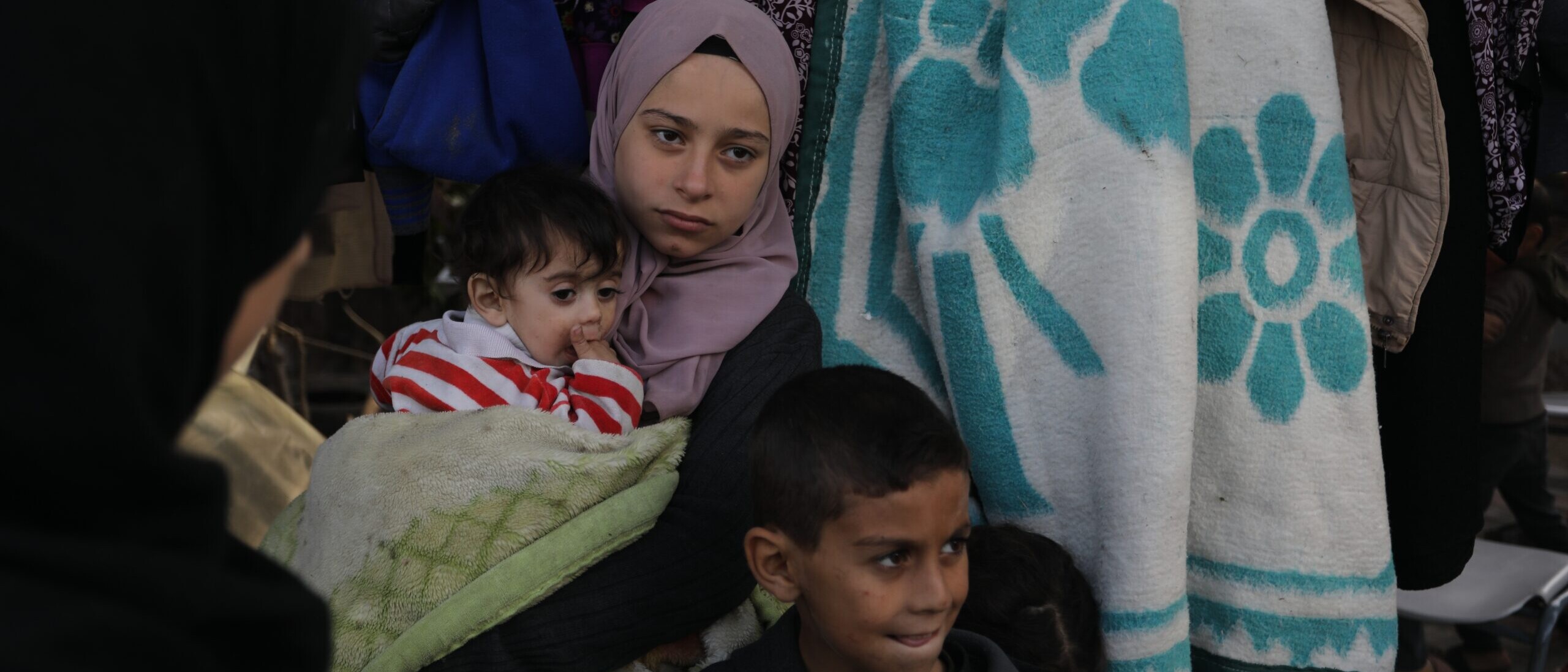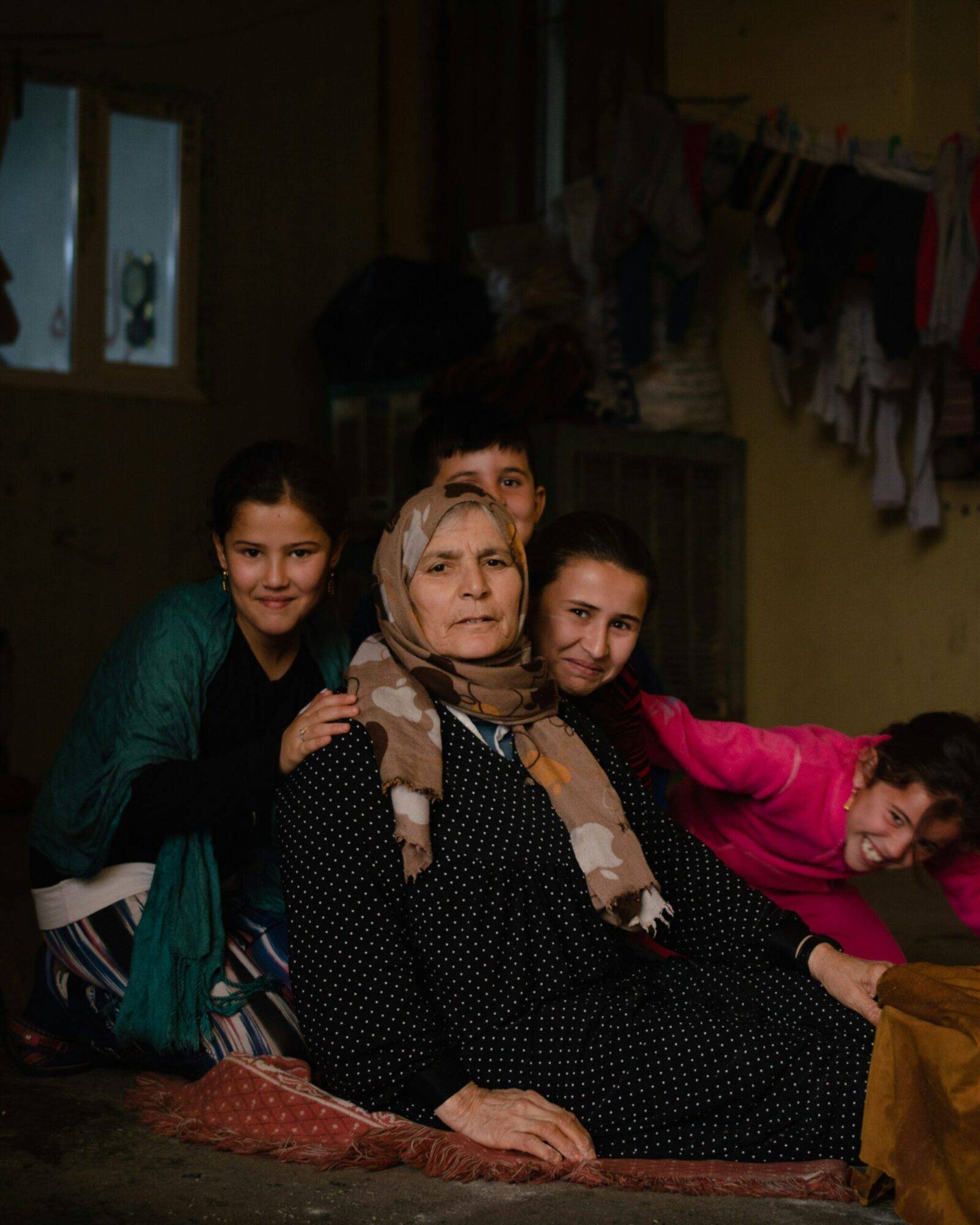Stateless people are falling through the cracks of immigration systems, but alternatives to detention can help

“Officially, I still don't exist."
In a world of borders and nation-states, Angela and her little sister Christina have no legal home. The pair live in legal limbo, stripped of their rights and unable to move forwards or backwards – caught between the cracks of a legal framework that does not acknowledge their existence.
To be ‘stateless’ is to be unrecognised as a national under the law of any state. And for many people – Angela and Christina included – it is an ordeal that goes on for years; sometimes even lifetimes.
It wasn’t always this way. The sisters’ story began in Azerbaijan, where ethnic tensions between Azeri and Armenian communities erupted into violence, forcing them to flee. Arriving in the Netherlands as asylum seekers, they envisioned a sanctuary but instead encountered a bureaucratic quagmire.
In early 2004, their asylum claim was rejected and the family was ordered to return to Azerbaijan – but there was a problem; the Azerbaijani government refused to recognise their citizenship. The family had no travel documents or means to prove their nationality, effectively erasing their legal identity. As they tried repeatedly to secure some form of statehood – either in Azerbaijan, neighbouring Armenia or the Netherlands – the sisters spent years in and out of crisis shelters and immigration detention.
“The documents I do have tell me I’m of ‘unknown nationality’,” Angela explains – a fact that encapsulates the Kafkaesque experience of statelessness; a reality in which they are neither here nor there, existing without nationality, rights or a clear future.
Understanding statelessness

Globally, the phenomenon of statelessness affects an estimated 10 million people worldwide; and the causes of statelessness are as diverse as the people it affects, ranging from discrimination and legal loopholes to geopolitical upheavals. The plight of the Rohingya in Asia, the Roma in Europe, and the Palestinians and Kurds in the Middle East are poignant examples of how statelessness can arise from ethnic, legal and political dynamics, leaving entire communities in a perpetual struggle for recognition and rights.
This is a complex issue, exacerbated by the discrepancies between national laws and international human rights precedents. The 1954 Convention on the Status of Stateless Persons and the subsequent 1961 Convention on the Reduction of Statelessness set the legal framework for addressing this issue, defining statelessness and establishing the rights of stateless individuals. But the implementation of these conventions is inconsistent, with many countries lacking the legal mechanisms or political will to tackle the complexities of statelessness effectively.
The legal definition of statelessness, while clear in theory, becomes complex in practice.
Stateless individuals often lack documentation proving their identity or nationality, leading to challenges in accessing education, healthcare and employment. The absence of legal status also makes them vulnerable to exploitation, trafficking and other forms of abuse.
Caught between the cracks
In particular, stateless people are at risk of being held for prolonged periods in immigration detention. Stateless people often lack personal and official documents to prove their identity and nationality – this makes it challenging to prove the risk of persecution or other relevant circumstances to support an asylum claim, leading to many being rejected.
What’s more, when stateless people are taken into immigration detention, it can be very difficult for them to get out. This situation arises because deportation requires a country of origin to accept the individual. Stateless persons, lacking this fundamental affiliation, have no country to accept them.
The European Network on Statelessness (ENS) has documented numerous cases across Europe where stateless people are held in detention for prolonged periods due to the difficulty in establishing their legal status or executing deportation orders. Without a mechanism to formally recognise and address their statelessness, people are left in legal limbo, leading to repeated and lengthy detention periods.
In Australia, recent legal challenges have highlighted the plight of stateless individuals in immigration detention. High Court rulings have found that indefinite detention is unlawful, setting a precedent that could influence future detention practices in the country. Despite these legal victories, the practical realities for stateless persons remain bleak, with many experiencing severe restrictions on their freedom and rights even after release from detention.
Statelessness and alternatives to detention
To address these issues, there is a growing call for alternatives to detention (ATD) that can provide humane and rights-respecting solutions for managing the cases of stateless individuals. ATD is a term that refers to any laws, policies or practices that reduce and end immigration detention and enable people to live within the community.
Instead of being imprisoned, people’s basic needs – like healthcare, food and housing – are met in the community. They may have access to support services, such as legal aid or a dedicated case worker, and they are afforded the right to work and access education while they await the outcome of their case.
Because their legal cases are often lengthy and complex, this is particularly crucial for stateless people. Alternatives to detention would allow stateless individuals to live in the community while their legal status is resolved, fostering a sense of normalcy and dignity that is often stripped away in detention.
Although they were ultimately released from immigration detention, Angela and Christina remain stateless. If she ever gets a legal nationality of her own, Angela hopes to travel the world. As for Christina: “I’ve stopped thinking about the future,” she says. “Now I just live from day to day.”
The sisters’ quest for legal identity serves as a poignant reminder of the invisible lines that divide our world and the lives that are caught in between the cracks.
The stories of the stateless are a call to the world to recognise the dignity and rights of those who have been rendered invisible.
Statelessness is not just a legal anomaly but a profound human rights crisis that demands global attention and action. In addressing statelessness, the international community must strive for both legal solutions and for greater recognition of the shared humanity that binds us all, regardless of the passports we hold or the flags we fly under.

* Angela and Christina’s story is adapted from a case study featured in the publication Protecting Stateless Persons from Arbitrary Detention, by the European Network on Statelessness (ENS)